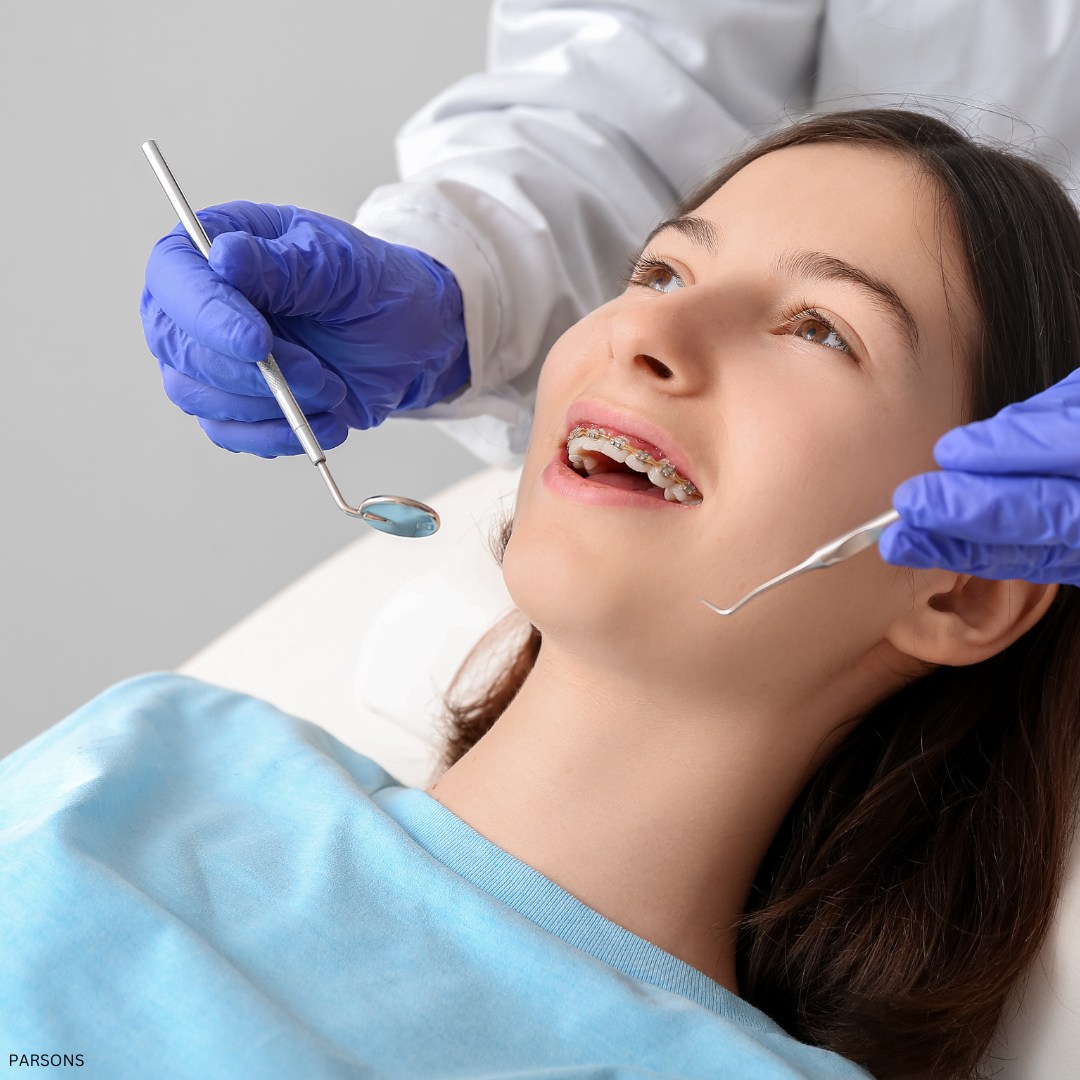What Are Functional Appliances in Orthodontics? Everything You Need to Know
November 22, 2024

Orthodontics goes beyond just straightening teeth. Functional appliances are a key tool used to address jaw alignment and bite issues, helping to create a harmonious, functional, and aesthetic smile. But what exactly are functional appliances, and how do they work? This comprehensive guide will walk you through their purpose, types, benefits, and more.
Introduction to Functional Appliances
Functional appliances are orthodontic devices designed to correct the alignment of the jaw and improve bite discrepancies. Unlike braces, which focus on the positioning of teeth, functional appliances primarily address the growth and positioning of the jaws.
- Purpose: These appliances are often used during a child’s or teen’s growth phase to guide the development of the jaw, ensuring a better bite and facial symmetry.
- Importance: Functional appliances can reduce or eliminate the need for more invasive treatments, like surgery, by addressing skeletal issues early.
Types of Functional Appliances in Orthodontics
Functional appliances come in two main types: fixed and removable. Each has specific advantages depending on the patient’s needs and treatment goals.
Fixed Functional Appliances
- Example: Herbst appliance.
- Description: These are attached to the teeth and cannot be removed by the patient.
- Use Cases: Ideal for severe bite issues where consistent pressure is needed.
Removable Functional Appliances
- Examples: Twin Block, Bionator.
- Description: These can be taken out for cleaning and are often used for less severe cases.
- Use Cases: Suitable for patients who can follow instructions and wear the appliance consistently.
How Do Functional Appliances Work?
Functional appliances guide the growth and alignment of the jaws by applying gentle pressure over time.
- Mechanism: The appliances stimulate or restrict jaw growth depending on the specific correction needed.
- Conditions Treated: They are commonly used to correct overbites, underbites, and jaw asymmetry.
- Duration of Treatment: Most patients wear functional appliances for 6–18 months, depending on the severity of the condition and the patient’s compliance.
Who Needs Functional Appliances?
Functional appliances are often recommended for patients with jaw and bite issues, especially during their growth years.
- Common Conditions Treated:
- Overbites (upper jaw protrudes forward).
- Underbites (lower jaw protrudes forward).
- Crowding due to improper jaw alignment.
- Age Groups:
- Most effective for children and teens while their bones are still growing.
- Adults can use functional appliances, but results may be slower and less predictable.
- Benefits:
- Prevents more severe orthodontic issues later in life.
- Enhances jaw function and facial aesthetics.
Benefits of Using Functional Appliances
Functional appliances offer a range of benefits, including:
- Improved Jaw Alignment: Encourages proper growth and alignment of the jaws, reducing the need for additional treatment.
- Bite Correction: Addresses issues like overbites and underbites to improve overall function and appearance.
- Reduced Need for Surgery: Early intervention with functional appliances can prevent the need for invasive procedures in the future.
- Enhanced Facial Aesthetics: Improves facial symmetry and proportions, leading to a more balanced appearance.
Maintenance and Care for Functional Appliances
Proper care is essential for the success of treatment with functional appliances.
- Cleaning and Hygiene:
- For removable appliances: Clean daily with a toothbrush and mild soap or specialized cleaning products.
- For fixed appliances: Brush carefully around the appliance to prevent plaque buildup.
- Regular Check-Ups:
- Visit your orthodontist regularly to ensure the appliance is functioning properly and make any necessary adjustments.
- Managing Discomfort:
- Mild soreness or speech difficulties are normal initially but usually improve with time. Over-the-counter pain relievers can help if needed.
Potential Challenges or Limitations
While functional appliances are effective, some challenges may arise:
- Speech Difficulties: Patients may initially find it hard to speak clearly. Regular practice helps overcome this.
- Discomfort: Soreness or irritation in the mouth is common but usually temporary.
- Compliance: Success with removable appliances depends on the patient wearing them as instructed.
Orthodontists provide guidance to minimize these challenges and ensure the best results.
Frequently Asked Questions About Functional Appliances
Are functional appliances painful to wear?
Mild discomfort is common at the start or during adjustments, but it typically subsides quickly.
How long do you need to wear functional appliances?
Treatment usually lasts 6–18 months, depending on the severity of the issue and the patient’s adherence to the treatment plan.
Can adults use functional appliances?
Yes, adults can use functional appliances, but treatment may take longer, and results may be less predictable due to slower bone growth.
What happens if you don’t follow the treatment plan?
Non-compliance can lead to prolonged treatment, incomplete correction, or the need for additional interventions.
Final Thoughts on Functional Appliances
Functional appliances are a valuable tool in orthodontics, offering an effective, non-invasive way to correct jaw alignment and bite issues. They are especially beneficial for younger patients, as they work with natural growth to achieve lasting results.
Ready to improve your smile and jaw alignment? Contact Parsons Orthodontics today to learn more about functional appliances and find the right treatment plan for your needs!



